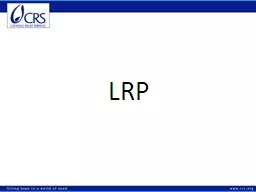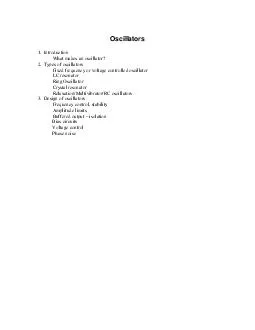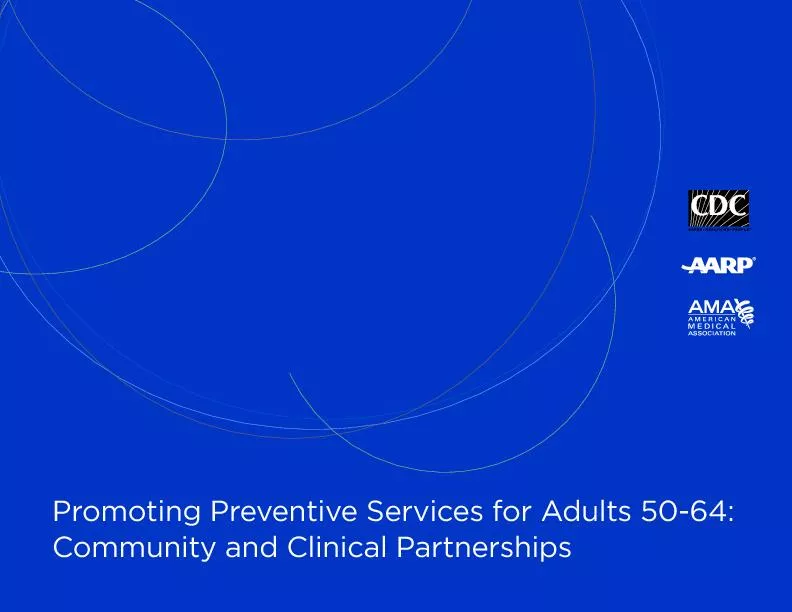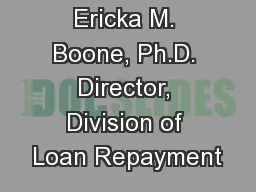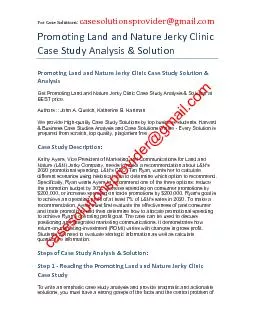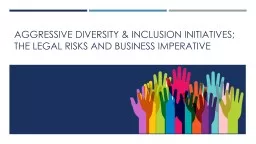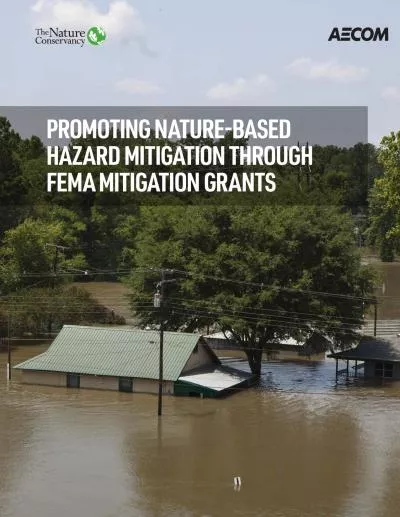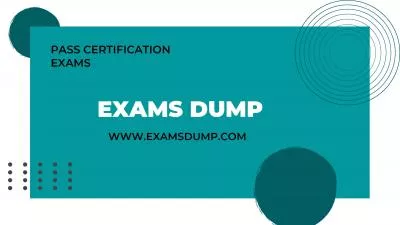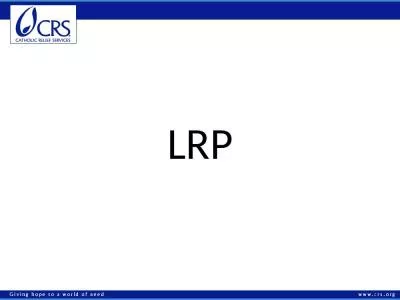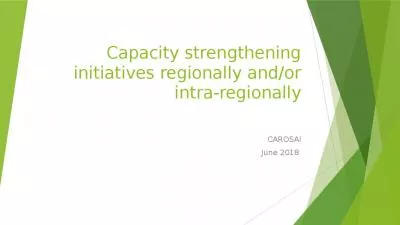PPT-LRP What is it? Who is promoting LRP initiatives?
Author : giovanna-bartolotta | Published Date : 2019-02-28
Hows it being used What are the advantages Challenges Examples Do No Harm Food Aid Potential negative impact of food aid on local markets Food aid displaces
Presentation Embed Code
Download Presentation
Download Presentation The PPT/PDF document "LRP What is it? Who is promoting LRP ini..." is the property of its rightful owner. Permission is granted to download and print the materials on this website for personal, non-commercial use only, and to display it on your personal computer provided you do not modify the materials and that you retain all copyright notices contained in the materials. By downloading content from our website, you accept the terms of this agreement.
LRP What is it? Who is promoting LRP initiatives?: Transcript
Download Rules Of Document
"LRP What is it? Who is promoting LRP initiatives?"The content belongs to its owner. You may download and print it for personal use, without modification, and keep all copyright notices. By downloading, you agree to these terms.
Related Documents

